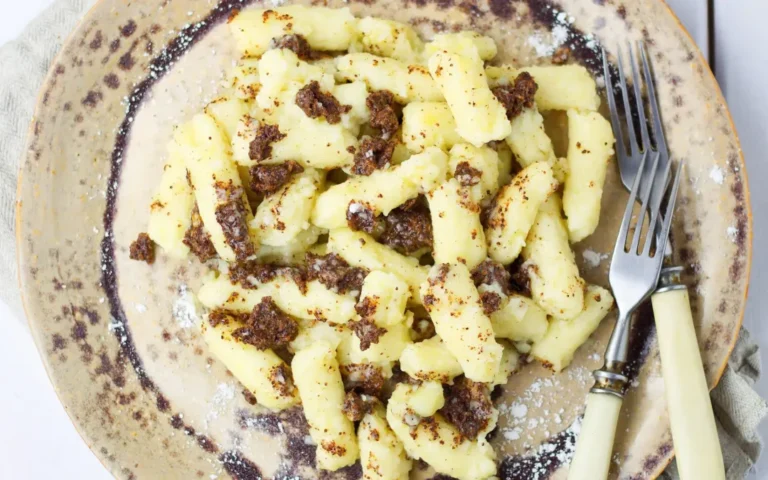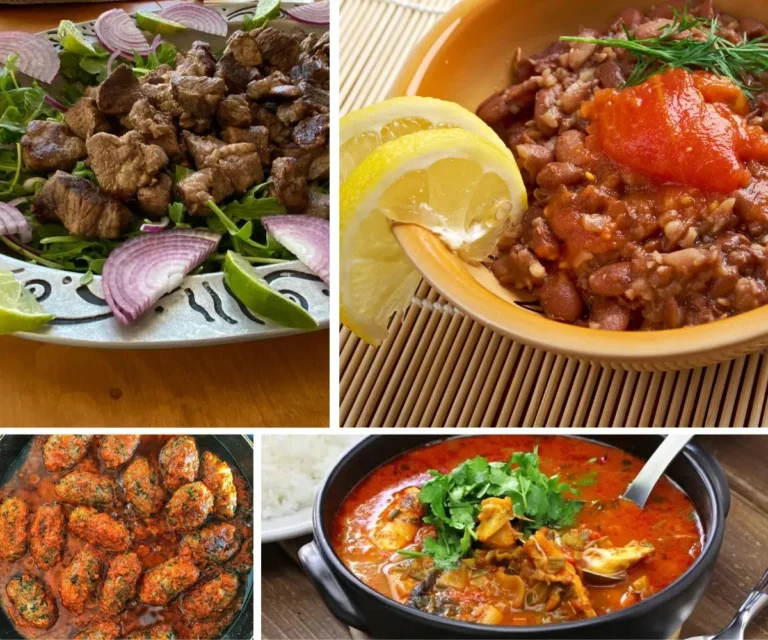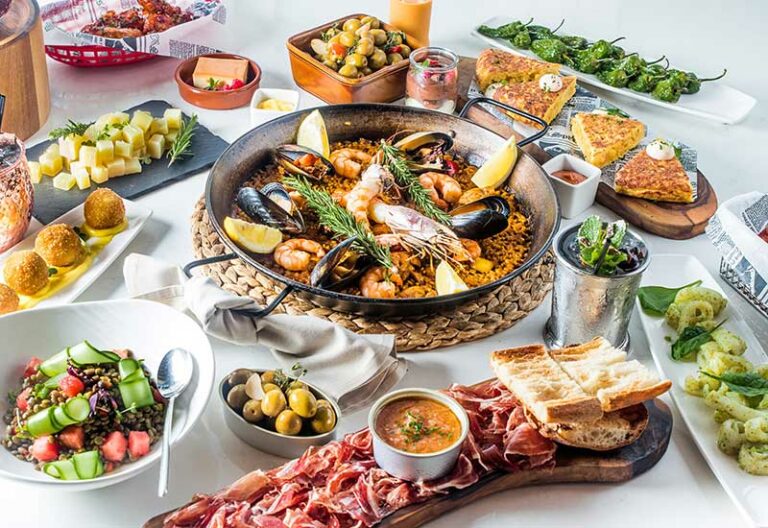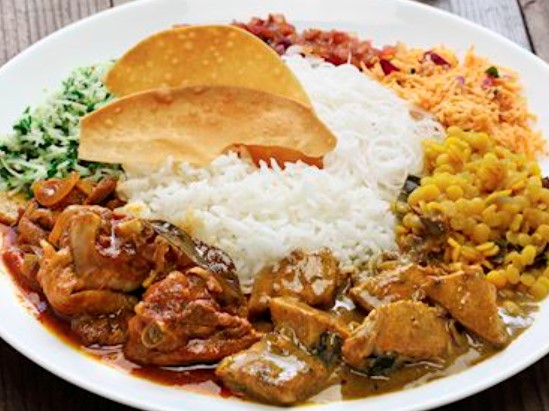Introduction: Singapore’s Unique Culinary Blend
Singapore is renowned for its diverse food culture. The city-state’s culinary scene is a blend of different ethnicities and cultures from all over the world. The food in Singapore is a perfect mix of Chinese, Indian, Malaysian, Indonesian, and Western cuisine, making it a unique blend. Singapore’s culinary scene has become so popular in recent years that it is now recognized as one of the best food destinations in the world.
Influences of Ethnicity and Geography
Singapore’s cuisine is shaped by its geography and ethnicity. The country’s location at the southern tip of the Malay Peninsula put it at the crossroads of various trade routes. Over the centuries, Singapore has welcomed a diverse range of immigrants, resulting in a melting pot of cultures. The different ethnicities that have come to Singapore have contributed to the country’s culinary scene. Malay, Chinese, and Indian are the main ethnic groups in Singapore, and each has contributed to the country’s culinary scene.
Spices and Key Ingredients in Singaporean Cuisine
Singaporean cuisine is famous for its spiciness, aroma, and strong flavors. Chili, turmeric, and lemongrass are some of the signature spices used in Singaporean cuisine. The use of spices is common throughout the region, and Singapore is no exception. Other key ingredients include coconut milk, seafood, noodles, and rice. The use of these ingredients varies depending on the dish, but they are commonly used in Singaporean cuisine.
Popular Dishes and Regional Variations
Some of the most popular dishes in Singaporean cuisine include chili crab, laksa, satay, and Hainanese chicken rice. These dishes are popular among locals and tourists alike. Regional variations are also observed in Singapore’s cuisine. For example, Hokkien mee is a popular dish in the central area of Singapore, while Nasi Lemak is a favorite in the Malay community.
Contrast with Other Southeast Asian Cuisines
Singaporean cuisine differs from other Southeast Asian cuisines in several ways. For example, Thai cuisine has a stronger focus on herbs, while Vietnamese cuisine utilizes more rice noodles. Indonesian cuisine has a strong emphasis on spicy flavors and coconut milk. Singaporean cuisine’s unique blend of different cultures sets it apart from other cuisines in the region.
Conclusion: A Fusion of Tastes and Traditions
Singaporean cuisine is a unique blend of different cultures and traditions. The country’s diverse ethnicities, geographic location, and history have all contributed to its culinary scene. Singaporean cuisine is known for its strong flavors, spiciness, and aroma. The different regional variations of Singapore’s cuisine add to the country’s culinary diversity. While Singaporean cuisine shares similarities with other Southeast Asian cuisines, its unique blend of tastes and traditions sets it apart.










